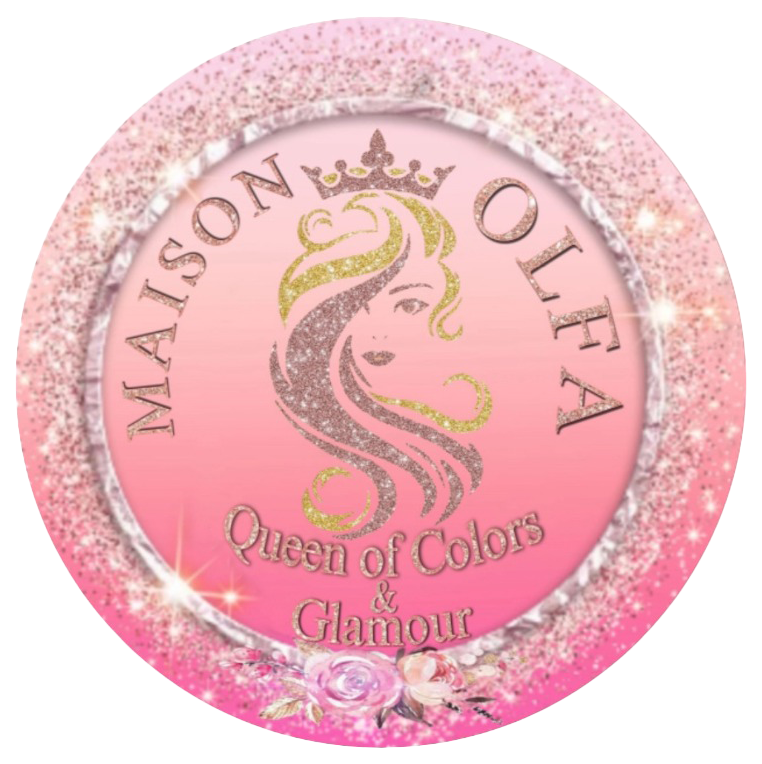FAQs
Lowlights vs. highlights come down to lightness—highlights lighten hair by adding gorgeous lighter pieces, while lowlights unlike highlights involve adding shades that are shades darker than your natural color. This contrast helps create dimension and a more natural looking hair result.
Blue and purple shampoos can help with brassiness, but only in certain cases. These shampoos are designed to tone hair that has already been lightened to the correct level. For example, purple shampoo helps cancel out yellow tones once the hair has reached a blonde stage, and blue shampoo works on orange tones in lightened brunettes. If the hair hasn’t been lifted enough to the right shade, these shampoos won’t make a noticeable difference — in those cases, professional toning or color correction is needed.
During an in depth consultation, your stylist may recommend traditional highlights to brighten or lowlights for a low maintenance blend. Both techniques use multiple tones running through the hair to enhance or refresh your hair color, especially for those with damaged hair or lighter color concerns.
To protect your hair's health, always minimize heat styling, use heat protectant spray, and follow a smart maintenance routine. Whether you choose high contrast highlights or cool tones, proper hair care prevents hair damage and keeps your style vibrant over an extended period.
To maintain color vibrancy and prevent fade faster, use color safe products, limit heat styling tools, and always apply heat protectant spray. Avoid washing wet hair too often and shield hair from UV rays to replenish moisture and keep it shiny.
How long does permanent hair dye last compared to semi permanent hair dye?
Permanent hair dye lasts up to 6–8 weeks with regular touch ups, while semi permanent hair dye typically fades within 4 weeks. The more you wash your freshly colored hair and use hot tools, the faster fading occurs—especially if you're going lighter than your natural hair color.
Yes—highlights damaged hair when done improperly or without proper care, especially for fine hair or previously processed hair strands. A skilled hair colorist will choose a highlighting technique that minimizes damage and keeps your hair's condition as healthy as possible.
Do blonde highlights or going from dark hair cause more damage?
Lightening dark hair to achieve blonde highlights can cause more damage if not done carefully. The hair cuticle is lifted during processing, which affects hair's natural oils and can lead to dryness. Use color safe shampoo and avoid excessive heat to protect your lightened hair.
Warm toned hair is more susceptible to developing a brassy tone due to environmental factors, such as sun exposure and water minerals, which can alter the intended color. To correct brassy tones, using products like purple or blue shampoos and ensuring regular maintenance of the hair cuticle through proper hair care routines are effective measures.
While using permanent hair dye on damaged hair is possible, it's important to proceed with caution. Damaged hair often has an open hair cuticle, which can absorb dye unevenly. To minimize further damage, apply a deep conditioning mask regularly, and prepare your dyed hair with a clarifying shampoo to remove any residue before coloring.
